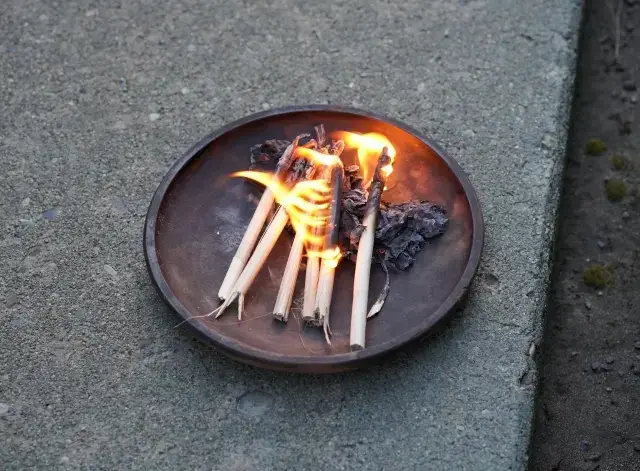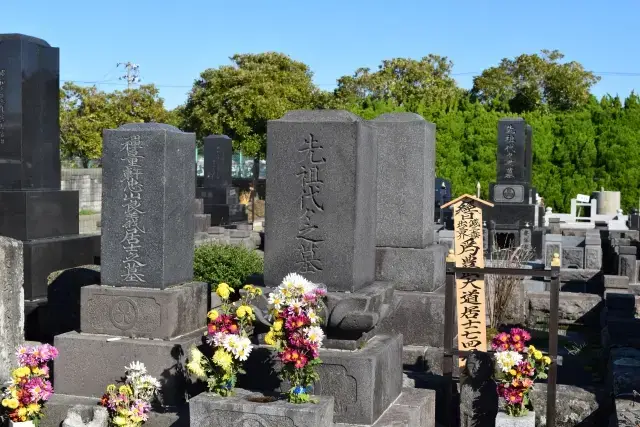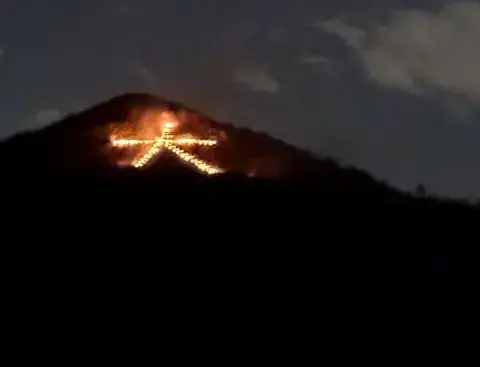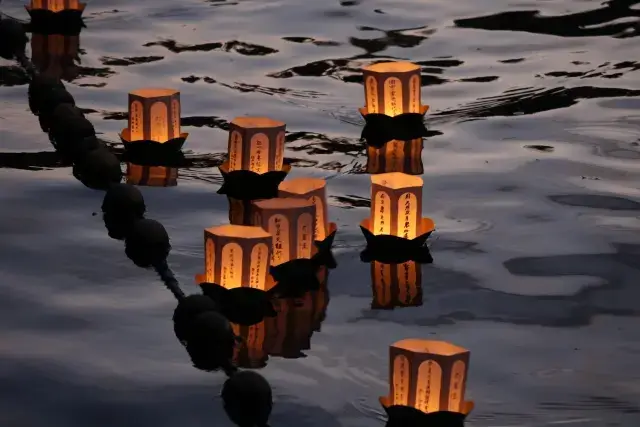Every summer, Japan comes alive with lanterns, dances, and the soft glow of candlelight. This is Obon (お盆), a time when families welcome the spirits of their ancestors back home. Usually observed in mid-August, Obon is both a joyful reunion and a heartfelt farewell — a celebration that connects the living with those who came before.
Origins and History
Obon traces its roots to the Buddhist Ullambana Sutra, a story about a monk who saved his mother’s spirit through offerings and prayers. Over centuries, this Buddhist tale blended with Japan’s own traditions of ancestral worship. The result is a unique summer festival that is spiritual, familial, and deeply cultural.
Traditions and Customs
Mukaebi & Okuribi(迎え火、 送り火)
At the beginning of Obon, families light small welcoming fires (mukaebi) to guide spirits home. At the end, they light sending-off fires (okuribi) to help them return peacefully.
Bon Odori(盆踊り)
Colorful yukata, rhythmic taiko drums, and joyful folk dances fill town squares. Bon Odori isn’t just a performance — it’s a way to celebrate with ancestors.
Visiting Graves and Offering Food
Families visit cemeteries, clean the graves, and offer flowers, incense, and the favorite foods of their ancestors.
Regional Variations
Kyoto's Daimonji Gozan no Okuribi(京都の大文字五山送り火)
Enormous bonfires in the shape of kanji characters blaze on the mountains surrounding Kyoto, sending off the spirits in grand style.
Toro Nagashi(灯篭流し)
In coastal or riverside towns, floating paper lanterns drift across the water, symbolizing spirits returning to the afterlife.
Different Dates
Some regions, like parts of Tokyo, celebrate Obon in July instead of August due to historical calendar differences.
Modern-Day Obon
Today, Obon remains one of Japan’s busiest travel seasons. Many people return to their hometowns, reunite with family, and take part in local festivities. Even in modern cities, the traditions — from lighting lanterns to dancing in the streets — keep the spirit of Obon alive.
Conclusion
Obon is more than just a summer festival; it’s a moment to pause, remember, and reconnect. Through firelight, dance, and offerings, Japan honors the timeless bond between past and present — reminding us that family ties are eternal.





Add comment
Comments